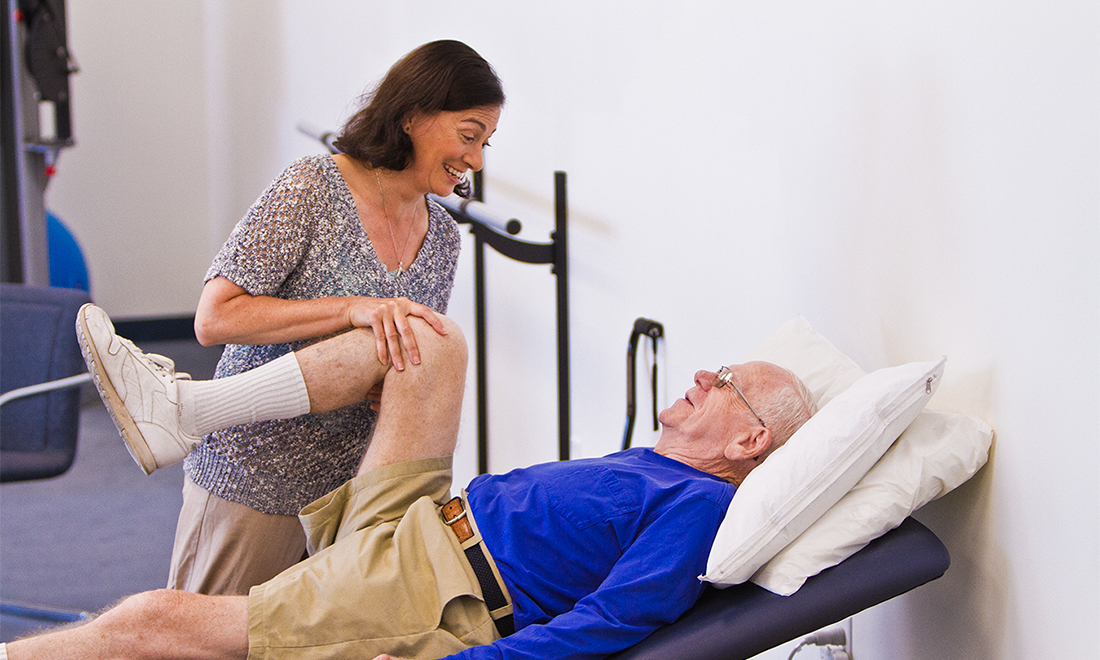Evaluating the Interaction of Articular Mobility and Balance in Client Outcomes
Evaluating the Interaction of Articular Mobility and Balance in Client Outcomes
Blog Article
Articular mobility and stability are crucial elements that influence patient results in physical therapy and rehabilitation. Joint range of motion refers to the extent of movement permitted at a articulation, while steadiness entails the ability to sustain management of that joint during movement. When patients have good joint range of motion, they can navigate their limbs unrestricted, which is essential for performing daily tasks. On the contrary hand, steadiness helps prevent injuries by allowing the body to preserve proper alignment and balance during these actions. Grasping how these two elements interact can lead to better treatment plans and bettered recovery for patients.
In many cases, patients with articular pain or traumas often experience a reduction in mobility. For instance, disorders like arthritis can restrict how far a joint can move, making it challenging for people to execute activities such as walking or climbing stairs. Rehabilitation specialists commonly focus on activities that enhance range of motion through flexibility work and strengthening. These exercises can help restore the extent of motion, making it easier for clients to participate in their daily activities. Nonetheless, enhancing mobility without accounting for stability can lead to additional injuries, emphasizing the need for a balanced approach.
Stability is equally crucial in rehabilitation. When a joint lacks stability, it becomes more vulnerable to injuries during activity. For instance, an wobbly knee joint can result to sprains or tears while sprinting or jumping. To enhance control, therapists may integrate exercises that fortify the muscles around the articulation. These exercises help support the articulation and prevent excess movement that could result to injury. By concentrating on both mobility and control, therapists can provide a holistic treatment plan that addresses the specific needs of each client.
The interplay between Web Site articular mobility and control is especially evident in athletic rehabilitation. Athletes frequently require a high level of both flexibility and stability to execute at their optimal. For example, a dancer needs to have limber joints to perform complex actions while also maintaining stability to prevent falls. In athletic conditioning, coaches and coaches emphasize the find out significance of developing both elements to improve performance and minimize the risk of harm. This approach ensures that athletes can move effectively while maintaining their joints protected during rigorous exercises.
In conclusion, understanding the connection between joint movement and stability can lead to improved results for patients in multiple settings, from therapy facilities to sports training centers. By promoting both elements, healthcare professionals can help clients recover their strength and assurance. This balanced method not only helps in recovery but also arms people with the tools they need to avert future injuries. As studies continues to evolve in this field, the importance of combining mobility and control in care plans will remain a central priority for improving client care and general health.